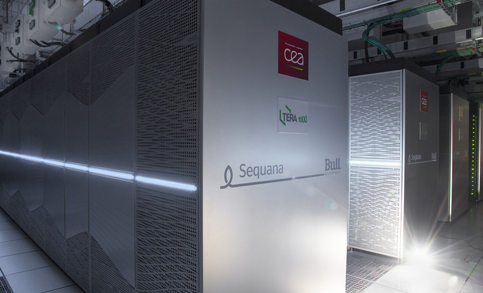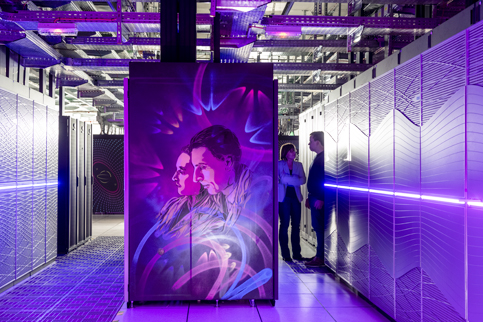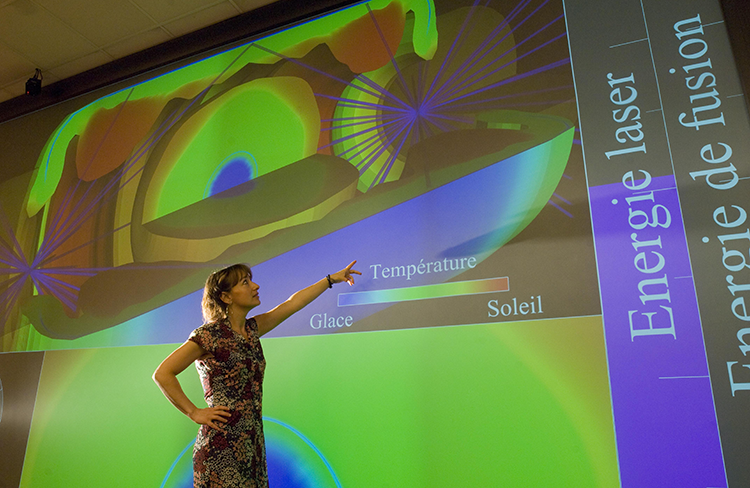Computing centres machines
Co-developed with Atos, EXA1 meets the simulation needs of nuclear defense programs piloted by the CEA's military applications department.
The scientific ambition of these programs requires computers that meet multiple technological challenges:
- reduce energy consumption,
- process and manage massive data flows,
- but also to increase the performance, efficiency, modularity and availability of IT architectures.
TERA
As part of its Simulation program, the CEA's Military Applications Division has defined a project, named Tera, aimed at having the simulation means necessary for the design and guarantee of nuclear weapons without testing.
The first step, Tera-1, resulted in the installation at the end of 2001 of a 5 Teraflops supercomputer supplied by the manufacturer HP.
The second Tera-10 stage culminated in late 2005 with the installation of a 60 Teraflops supercomputer supplied by the manufacturer Bull. This step also led to an adaptation of the infrastructures of the defense computing center as well as a complete renovation of the storage, archiving, network and display systems.
The third stage Tera-100, since October 2010, has provided the CEA/DAM with a computing power of more than 1 Petaflops. Tera 100 was the first European supercomputer to pass the Petaflops mark, i.e. a computing capacity of more than one million billion operations per second.
Since the end of 2015, Tera1000 has been the fourth stage, which removes the first technological barriers of Exaflops (1 billion billion operations per second). Tera1000 was commissioned in parts to achieve a computing power of 25 Pflops at the end of 2017, i.e. 20 times greater than Tera100 for the same energy consumption. It foreshadows the Exa1 exascale machine, which is scheduled for commissioning by 2020, which also meets the challenges of the Simulation program.

The Tera computing center is made up of computers, very large capacity data storage systems, high-speed communications networks and post-processing and visualization equipment, etc. All of these means are implemented in a constant concern for improving energy efficiency and environmental impact.
1 Petaflop = one million billion operations per second



